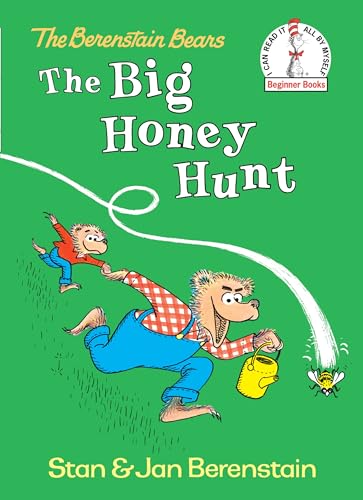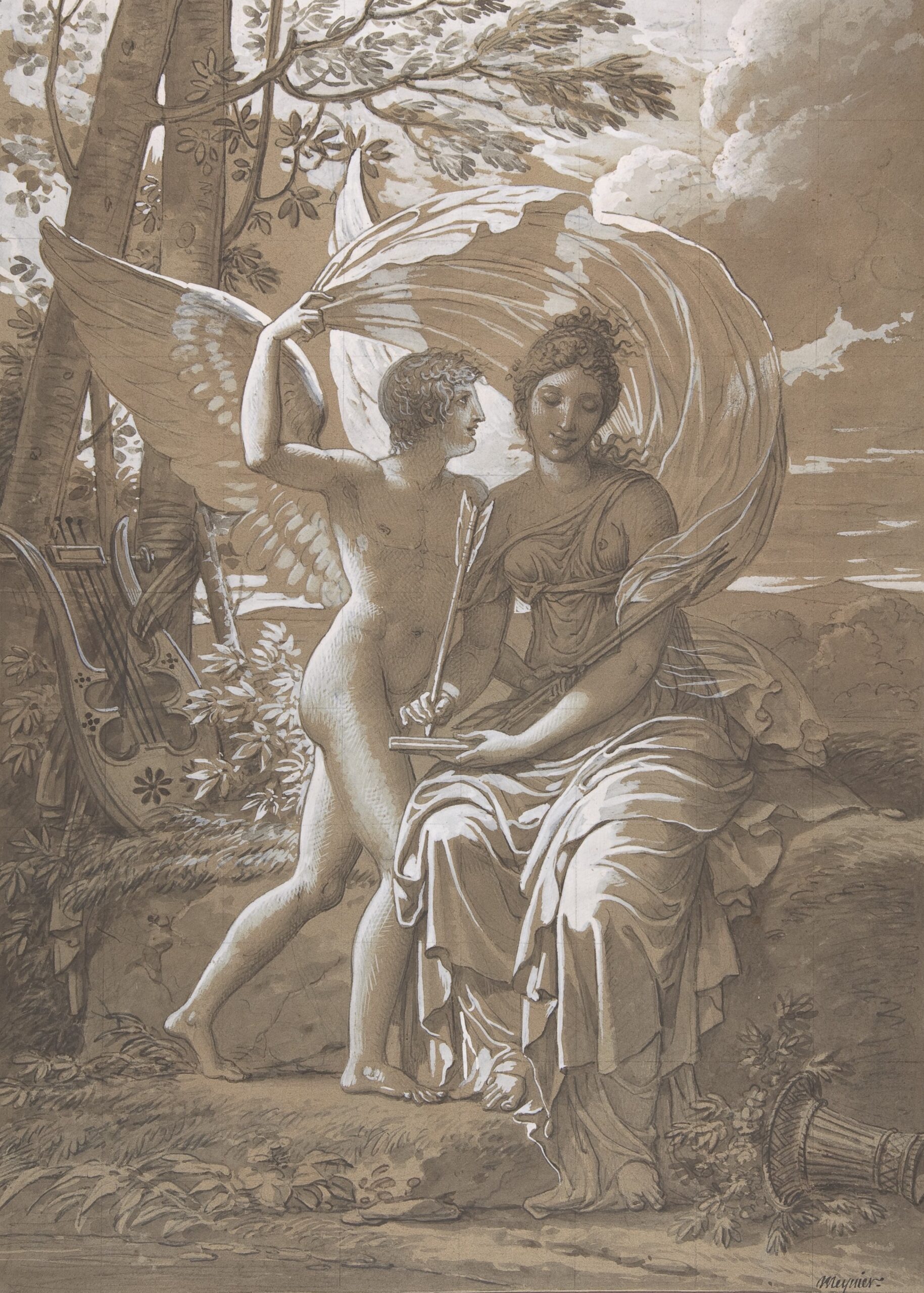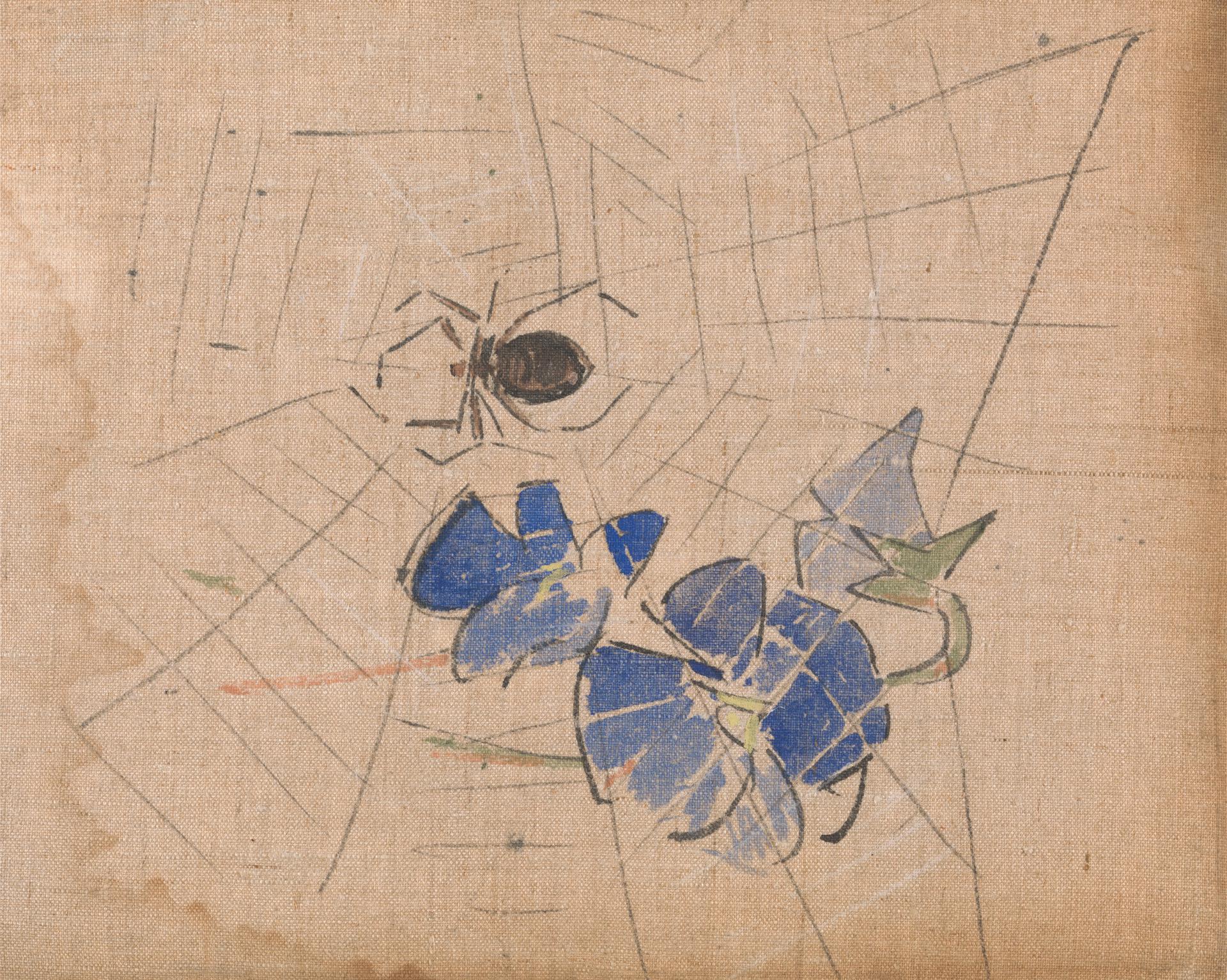If, like me, you’re a parent to a young child, you probably find yourself reading a lot of picture and chapter books, and then, before your own bedtime, reading different books, ones that feature more adults, more drinking, more ennui. You might believe these books, theirs and yours, to be quite different — but that’s not always the case. Over the years I’ve made connections between my favorite authors and my son’s. Once you see the similarities, you can’t un-see them. So read on, brave adult, if you want the veil pulled from your eyes…
Jonathan Franzen and The Berenstain Bears by Stan and Jan Berenstain

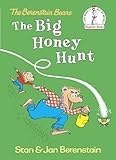
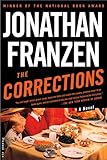 Once you get beyond the shock of how the most famous Bear Family spells its name, you might notice how alike these books are to certain famous American novels written by a certain famous American man. A classic Berenstain story (by the original duo Stan and Jan, not the later, inferior titles by Jan and Mike), contains a lot of back story and exposition, and its lessons — on manners, nightmares, and so on — contain at least one moment of domestic strife and misunderstanding. Like The Corrections or Purity, these are narratives about beasts in human clothing (a la Chip Lambert and Andreas Wolf), and the mother controls not just the household but everyone’s psyches. And like Franzen’s novels, the Berenstain Bear books might meander, reveling in details alternately informative and irrelevant, but ultimately they’re straightforward tales about family. (Also, as a friend pointed out to me recently, JFran sort of looks like a Berenstain Bear. This can’t be coincidental.)
Once you get beyond the shock of how the most famous Bear Family spells its name, you might notice how alike these books are to certain famous American novels written by a certain famous American man. A classic Berenstain story (by the original duo Stan and Jan, not the later, inferior titles by Jan and Mike), contains a lot of back story and exposition, and its lessons — on manners, nightmares, and so on — contain at least one moment of domestic strife and misunderstanding. Like The Corrections or Purity, these are narratives about beasts in human clothing (a la Chip Lambert and Andreas Wolf), and the mother controls not just the household but everyone’s psyches. And like Franzen’s novels, the Berenstain Bear books might meander, reveling in details alternately informative and irrelevant, but ultimately they’re straightforward tales about family. (Also, as a friend pointed out to me recently, JFran sort of looks like a Berenstain Bear. This can’t be coincidental.)
A Little Life by Hanya Yanagihara and Frog and Toad by Arnold Lobel

 Yanagihara clearly recognizes this connection because she put it in her book: artist JB names his series of paintings of Willem and Jude Frog and Toad, after Lobel’s famous amphibious friends. And, let’s face it, A Little Life is basically Lobel for Adults (now with rape and suicide!) Willem is Frog, the perennial optimist, while Jude is sad old Toad. Like Frog and Toad, Willem and Jude need and love each other despite their differences, and because of them. Toad will keep trying to push Frog away, but Frog will remain by his side. Lobel’s stories, like Yanagihara’s novel, maintains an elegant clarity about the unimpeachable sadness of the world. Plus, Toad’s nice, cozy Toad Hole is the animal equivalent of Willem and Jude’s million-dollar country home.
Yanagihara clearly recognizes this connection because she put it in her book: artist JB names his series of paintings of Willem and Jude Frog and Toad, after Lobel’s famous amphibious friends. And, let’s face it, A Little Life is basically Lobel for Adults (now with rape and suicide!) Willem is Frog, the perennial optimist, while Jude is sad old Toad. Like Frog and Toad, Willem and Jude need and love each other despite their differences, and because of them. Toad will keep trying to push Frog away, but Frog will remain by his side. Lobel’s stories, like Yanagihara’s novel, maintains an elegant clarity about the unimpeachable sadness of the world. Plus, Toad’s nice, cozy Toad Hole is the animal equivalent of Willem and Jude’s million-dollar country home.
Emma Straub and What Pete Ate From A-Z by Maira Kalman

 Kalman is mainly an artist and illustrator for people of all ages, but her children’s alphabet book is a favorite in our household for its cheeky commentary and beautiful, funny drawings. (I would like to live inside her picture of a pink ice-pop, please.) The characters in this book — Roberta Rothschild, president of the Rubber Band Society; cousin Rocky with his list of people who have wronged him — remind me of the Post family in Straub’s novel The Vacationers: they’re sometimes put-upon, often very funny, from Manhattan, and quite lovable. An Emma Straub novel is the literary equivalent of a Maira Kalman drawing; I have no doubt that her forthcoming novel, Modern Lovers, about two families in Brooklyn, will cement this kinship.
Kalman is mainly an artist and illustrator for people of all ages, but her children’s alphabet book is a favorite in our household for its cheeky commentary and beautiful, funny drawings. (I would like to live inside her picture of a pink ice-pop, please.) The characters in this book — Roberta Rothschild, president of the Rubber Band Society; cousin Rocky with his list of people who have wronged him — remind me of the Post family in Straub’s novel The Vacationers: they’re sometimes put-upon, often very funny, from Manhattan, and quite lovable. An Emma Straub novel is the literary equivalent of a Maira Kalman drawing; I have no doubt that her forthcoming novel, Modern Lovers, about two families in Brooklyn, will cement this kinship.
My Struggle by Karl Ove Knausgaard and Richard Scarry

 You might think you’re super literary, cozying up with Knausgaard’s multiple-tome fictional autobiography after a long day with your toddler. You probably agree with James Wood, esteemed literary critic for The New Yorker, who wrote: “There is something ceaselessly compelling about Knausgaard’s book: even when I was bored, I was interested.” But you probably also feel this way reading Richard Scarry’s books, which, like Knausgaard’s, describe so much of the mundane. Do we really need to know about every piece of clothing in Huckleberry’s wardrobe? Also, Richard Scarry’s Busy, Busy Town, with its quaint town squares, its weird cars you’ve never heard of, and its waiters carrying tagines, could only be, like Knausgaard himself, one thing: European.
You might think you’re super literary, cozying up with Knausgaard’s multiple-tome fictional autobiography after a long day with your toddler. You probably agree with James Wood, esteemed literary critic for The New Yorker, who wrote: “There is something ceaselessly compelling about Knausgaard’s book: even when I was bored, I was interested.” But you probably also feel this way reading Richard Scarry’s books, which, like Knausgaard’s, describe so much of the mundane. Do we really need to know about every piece of clothing in Huckleberry’s wardrobe? Also, Richard Scarry’s Busy, Busy Town, with its quaint town squares, its weird cars you’ve never heard of, and its waiters carrying tagines, could only be, like Knausgaard himself, one thing: European.
Gary Shteyngart/George Saunders and Charlie and the Chocolate Factory by Roald Dahl


 Have you introduced your kid to Charlie and the Chocolate Factory yet? I don’t mean the movie with Gene Wilder (or the remake with Johnny Depp in that creepy bob). I mean the book by Roald Dahl. Shit is fucked up! Charlie Bucket lives in horrible poverty, Wonka is a shut-in maniac with too much money, and the Oompa Loompas are victims of the global economy, trucked in from some far-off land to perform labor cheaply. (I’m not kidding. Wonka performs experiments on these workers! They never get to leave the factory!) Wonka’s crazy schemes and nonchalance about everyone’s endangerment remind me of the nutty heroes of Gary Shteyngart’s novels. (Absurdistan, indeed.) The book’s workplace commentary, so tragic it’s funny, is straight Saunders. In fact, I’d love to see him write a novel from the perspective of an Oompa Loompa. It would be like “Pastoralia” but with sugar and torture instead of a cave fax machine.
Have you introduced your kid to Charlie and the Chocolate Factory yet? I don’t mean the movie with Gene Wilder (or the remake with Johnny Depp in that creepy bob). I mean the book by Roald Dahl. Shit is fucked up! Charlie Bucket lives in horrible poverty, Wonka is a shut-in maniac with too much money, and the Oompa Loompas are victims of the global economy, trucked in from some far-off land to perform labor cheaply. (I’m not kidding. Wonka performs experiments on these workers! They never get to leave the factory!) Wonka’s crazy schemes and nonchalance about everyone’s endangerment remind me of the nutty heroes of Gary Shteyngart’s novels. (Absurdistan, indeed.) The book’s workplace commentary, so tragic it’s funny, is straight Saunders. In fact, I’d love to see him write a novel from the perspective of an Oompa Loompa. It would be like “Pastoralia” but with sugar and torture instead of a cave fax machine.
So there you have it. I suppose it’s time we just rolled up our sleeves and read the child some Don DeLillo, and at night tucked ourselves in with Hop on Pop. We’re tired enough, aren’t we?







